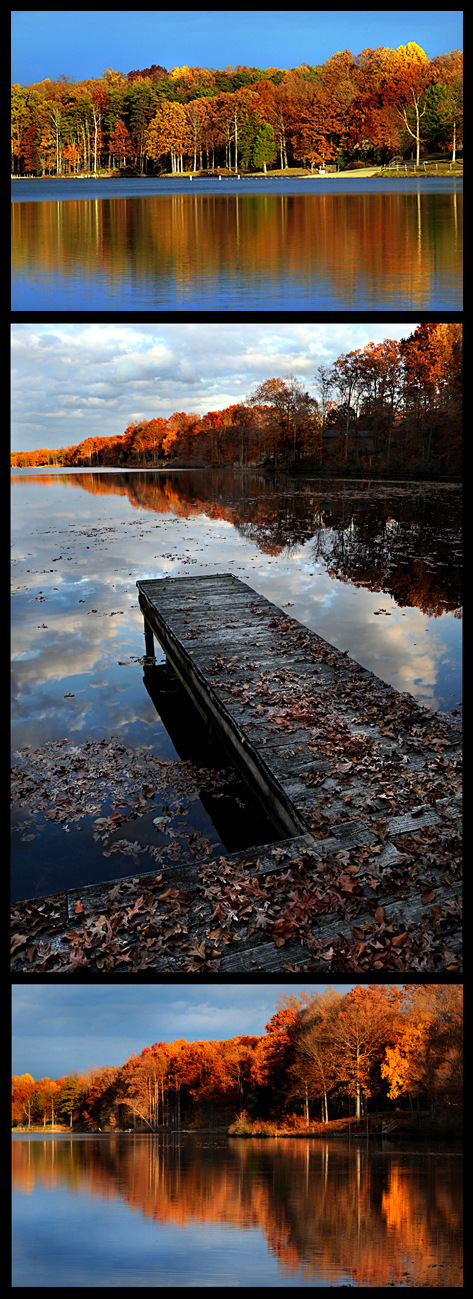Learn more about the beautiful Ginkgo grove at the Blandy Experimental Farm here.
The following narrative is excerpted from the brochure, “A Guide to the Ginkgo Grove,” published by the State Arboretum of Virginia at the University of Virginia’s Historic Blandy Experimental Farm.
The Story of the Blandy Ginkgo Grove
The Blandy ginkgo grove is one of the largest collections of ginkgos outside the tree’s native China. Given their autumnal glory, a visitor might assume that Blandy’s ginkgos were planted solely for their beauty. But this grove is the happy result of a scientific experiment.
Dr. Orland E. White, Blandy Experimental Farm’s first Director, began collecting ginkgo seeds in 1929 from a single “mother tree” on the University of Virginia grounds in Charlottesville. After these seeds germinated, Dr. White’s students planted over 600 ginkgo saplings to determine the sex ratio of this tree. Most plants are both male and female, but like holly, persimmon, and other species, ginkgo is dioecious, meaning a tree is male or female, but not both. Dr. White hypothesized the sex ratio would be 1:1. He did not live long enough to find out if he was right, but of the 301 trees that survived to maturity and for which gender could be determined, 157 were female and 144 were male. Statistically speaking, this does not deviate significantly from 1:1.
A Living Fossil
Ginkgo biloba is often described as a “living fossil.” It is one of the most primitive seed plants found today, and it’s the only surviving representative of its plant family (Ginkgoaceae) and order (Ginkgoales).
The earliest ginkgo leaf fossils date from 270 million years ago. During the Jurassic (200-145 million years ago), the era of dinosaurs, ginkgos were already widespread. And by the Cretaceous (145-65 million years ago), ginkgos grew in what is now Asia, Europe and North America.
Ginkgos disappear from the North American fossil record about 7 million years ago, and from the European record about 4.5 million years later.
Western scientists first learned of the ginkgo in the late 1600s, when living trees were found growing in cultivation near Buddhist temples in China. Thus, the sole remaining member of what was once a dominant plant group remains a link between the present and our geological past.
The Silver Apricot
The word “ginkgo” originates from a Chinese word meaning “silver apricot.” When mature the fleshy ginkgo seed—ginkgos don’t form fruits—has roughly the size and appearance of a small apricot. Historians trace the earliest documented use of ginkgo as a food and herbal medicine to 11th century China, and it is still widely used in traditional Chinese and Japanese medicine. It’s important to remember that if eaten raw, gingko’s fleshy seeds are poisonous, and we ask visitors not to collect ginkgo leaves or seeds for this or any other use.
Research shows ginkgo extract has three important actions on the body: it improves blood flow to most tissues and organs; it is an antioxidant which protects against cell damage; and it blocks many of the effects of blood clotting that have been related to a number of disorders. Western medicine has recently focused on Ginkgo biloba to protect against memory loss, but clinical trials have not confirmed this.
Photos © Cindy Dyer. All rights reserved.












Recent Comments